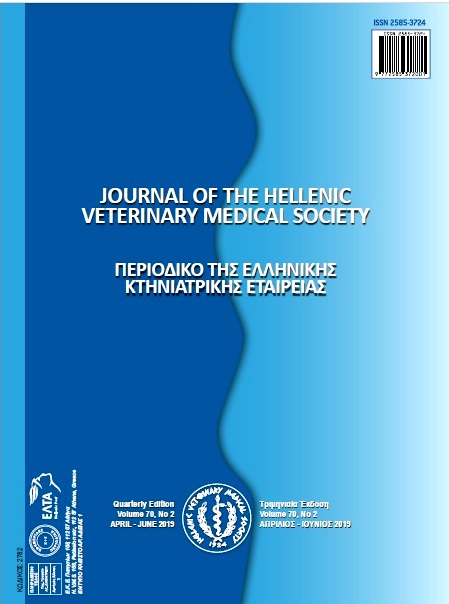The effects of royal jelly on oxidative stress and toxicity in tissues induced by malathion, an organophosphate insecticide
Résumé
Royal jelly is a bee product frequently used in pharmaceutical, food and cosmetic industries due to its biological activities. The present study aimed to determine the effects of royal jelly on malathion-induced toxicity and biochemical changes. The rats that were used as experimental animals in the study were divided into 6 groups. Control group rats were administered nothing, while carrier chemicals (1% DMSO) were administered to sham group rats. Malathion group (MAL) rats were injected with 0.8 g/kg malathion in DMSO subcutaneously. Saline solution that included 100 mg/kg royal jelly was administered with gavage to the rats in the royal jelly group (RJ). 100 mg/kg royal jelly was administered to RJ+MAL group rats via gavage 1 hour before the injection of 0.8 g/kg malathion. 100 mg/kg royal jelly was administered to MAL+RJ group rats via gavage 1 hour after the injection of 0.8 g/kg malathion. After the experimental process (24 hours), blood samples were taken from the rats in each group under anesthesia (ketamine+xylazine). MDA, NO, GSH, GPx (glutathione peroxidase), CAT, SOD and AChE activities were determined in blood, liver, kidney and brain tissues. It was found that erythrocyte, liver, kidney and brain MDA (malondialdehyde) concentrations in MAL groups were statistically significantly higher when compared to the other groups (p<0.05). It was observed that GSH (glutathione) concentrations increased in the brain, while they decreased in erythrocyte, liver and kidney in the MAL group when compared to the control and sham groups. CAT (catalase) concentration significantly decreased in erythrocyte, liver, kidney and brain tissues in the MAL group when compared to the control and sham groups (p<0.05). SOD (superoxide dismutase) concentration in the MAL group decreased significantly (p<0.05) when compared to other groups, while SOD concentration increased significantly in the therapy and prevention groups (p<0.05) when compared to the others. It was found that serum acetylcholinesterase (AChE) concentration was significantly lower in the MAL group when compared to sham and control groups (p<0.05). Thus, it was concluded that malathion led to lipid peroxidation and oxidative stress in MDA and NO (nitric oxide) levels and toxicity in AChE activities. It was also determined that royal jelly could be effective against oxidative damage and toxicity. The findings suggested that the antioxidant effect of royal jelly could support the treatment of malathion, which is one of the insecticides that contain organophosphate and could lead to oxidative stress. It is considered that the prophylactic characteristics of royal jelly was more effective on malathion toxicity when compared to therapatic properties.
Article Details
- Comment citer
-
AKSOY, L., & ALPER, Y. (2019). The effects of royal jelly on oxidative stress and toxicity in tissues induced by malathion, an organophosphate insecticide. Journal of the Hellenic Veterinary Medical Society, 70(2), 1517–1524. https://doi.org/10.12681/jhvms.20827
- Numéro
- Vol. 70 No 2 (2019)
- Rubrique
- Research Articles

Ce travail est disponible sous licence Creative Commons Attribution - Pas d’Utilisation Commerciale 4.0 International.
Authors who publish with this journal agree to the following terms:
· Authors retain copyright and grant the journal right of first publication with the work simultaneously licensed under a Creative Commons Attribution Non-Commercial License that allows others to share the work with an acknowledgement of the work's authorship and initial publication in this journal.
· Authors are able to enter into separate, additional contractual arrangements for the non-exclusive distribution of the journal's published version of the work (e.g. post it to an institutional repository or publish it in a book), with an acknowledgement of its initial publication in this journal.
· Authors are permitted and encouraged to post their work online (preferably in institutional repositories or on their website) prior to and during the submission process, as it can lead to productive exchanges, as well as earlier and greater citation of published work.



